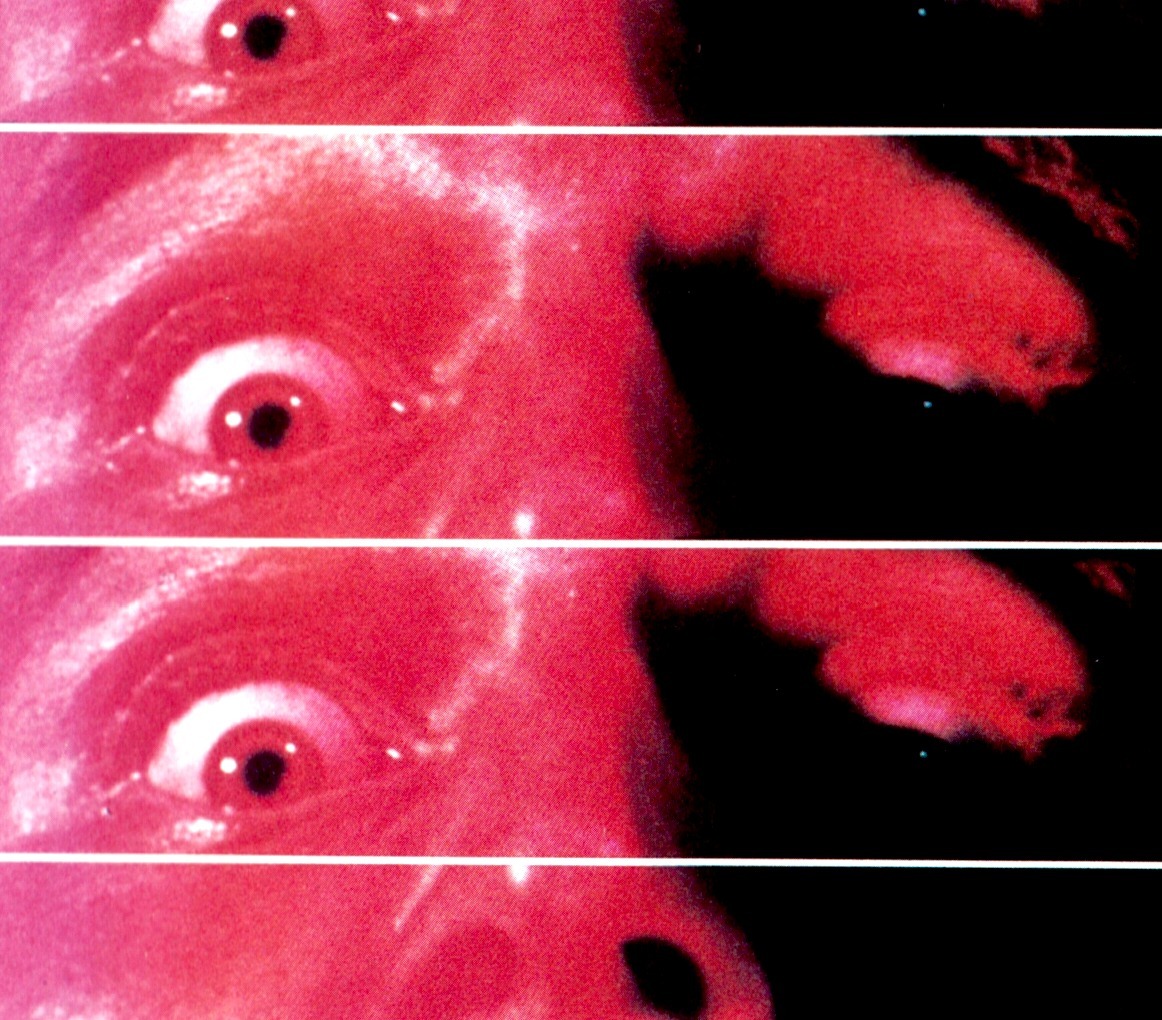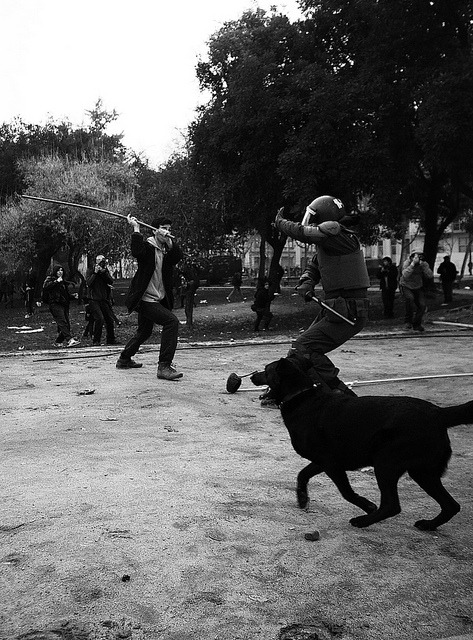

Police forces across the country are planning to start using new mobile technology later this year that can identify suspects and instantly reveal their criminal history based on a picture of their face or iris, the colored portion of an eye.
Here’s how it works: To scan a person’s iris, police officers can hold the special iris-scanning camera on device, called MORIS, about 5 to 6 inches away from an individual’s irises. After snapping a high resolution photo, the MORIS system analyzes 235 unique features in each iris and uses an algorithm to match that person with their identity if they are in the database.
For the facial recognition, an officer takes a photo of a person at a distance of about 2 feet to 5 feet. Based on technologies from Animetrics Inc., the system analyzes about 130 distinguishing points on the face, such as the distance between a person’s eye and nose. It then scans the database for likely matches.
The MORIS, which stands for Mobile Offender Recognition and Information System, also includes a small metallic rectangle to scan fingerprints.
The MORIS device goes beyond technology already in use by some local law-enforcement agencies. In Pinellas County, Fla., the sheriff’s office uses digital cameras to take pictures of people, download the pictures to laptops, then use facial-recognition technologies to search for matching faces.
Deputies use the technique to verify the identity and search for criminal records of individuals such as people they have stopped who aren’t carrying other forms if ID, as well as accident victims and homeless people. The sheriff’s office says it has run thousands of identity searches this way since 2004, resulting in 700 arrests.
Deputies are required to ask people for permission to take a photo and use the facial-recognition technology. “Legally, we don’t have to, but we have a policy in place to ask for consent,” says Scott McCallum, a systems analyst for the Pinellas County Sheriff’s Office.
The MORIS device is manufactured by BI2 Technologies, an 11-person company based in the quintessential New England town of Plymouth, Mass. The company was founded in 2006 by Mullin, who coordinated criminal justice programs for the state, and Peter Flynn, a former sheriff. The two saw an opportunity to use biometric data to address issues in the criminal justice system—such as the accidental release of the wrong inmates from jails and prisons.
The company used existing iris recognition algorithms and camera technologies to build a product to recognize prison inmates called IRIS, the Inmate Identification and Recognition System, which they sold to more than 320 law-enforcement agencies in 47 states.
The systems link to a national database of criminal records, managed by BI2,that includes iris and face images as well as other profile information about millions of individuals, such as outstanding warrants or whether they are a convicted sex offender. Previously, similar searches took several hours and required picking up the phone to call to other police departments for more information.
After an inmate escaped from a correctional institution in Rhode Island last year by assuming the identity of another inmate who was eligible for parole, the state’s Department of Corrections installed BI2’s iris identification system in its prisons. Officers now verify the identity and criminal history of an inmate by scanning their irises when they are admitted and later discharged from the correctional facility.
Sheriffs soon started asking BI2’s executives to build a mobile device that would allow them to tap iris, facial and fingerprint recognition technologies to instantly match suspects on the street against the database of people who already have been enrolled in the system. BI2 engineers shrank eye-scanning cameras down to a size that could attach to the back of a smart phone and tapped technologies from Conway, N.H.-based Animetrics Inc. that recognize faces based on cell-phone camera pictures.
Police officers in Brockton, Mass. were the first to test an initial prototype of the device last summer. The iris scan instantly matched suspects to past criminal records, but the fingerprint scanning still needed some work, says William Conlon, Brockton’s chief of police. “It has a lot of promise, it just wasn’t quite ready when we had it,” he says.
BI2 has spent the last year tweaking the device, improving the fingerprint scanning and switching the camera position to vertical from horizontal, based on feedback from officers. BI2 also is in the midst of readying a submission for approval from Apple Inc. for its app and hardware to be used on the Apple iPhone and Android devices
The devices being launched this year by BI2 cost $3,000 apiece, which includes the price of the smart phone. Together, the iPhone and the device weigh 12.5 ounces.
Some of the devices are being funded through grants directed by the U.S. Department of Justice’s Office of Community Oriented Policing Services, which is tasked with advancing community policing in state and local law enforcement.
Bernard Melekian, director of the COPS program, said challenges remain in developing guidelines for the proper use of the mobile recognition technology for police work.
“If the purpose is to determine instantly an individual’s identity and determine whether they are wanted or have serious criminal history, that is not only a desirable use, it is an important use,” he says. “To simply collect information on individuals to add to the database would not in my opinion be a desirable use of the technology.”
http://blogs.wsj.com/digits/2011/07/13/how-a-new-police-tool-for-face-recognition-works/
http://signalfire.org/














![Eurorepressione - Sulla conferenza a Den Haag sul tema "Anarchia" [corretto]](http://25.media.tumblr.com/tumblr_m0jvngOXtY1qa2163o1_1280.jpg)




![A tres años de la Partida de Mauricio Morales: De la Memoria a la Calle [Stgo.]](http://metiendoruido.com/wp-content/uploads/2012/05/mmacividad.jpg)



















Nessun commento:
Posta un commento